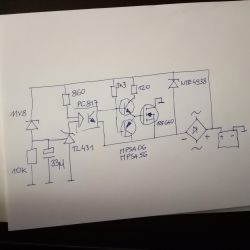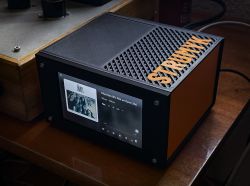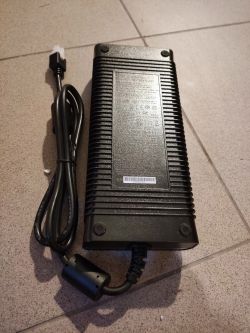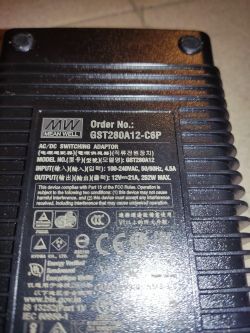
I did not find a voltage regulator on Mosfet N. Maybe the factory ones are in this technology, but they are usually sealed and you can't look. One thing is certain, these are one of the most emergency components in aggregates. The one I cobbled together should be more resilient.
A description of the action.
The voltage divider is on the zener diode to reduce the quiescent current draw. The diode is theoretically 12 V, but I easily selected one for 11.8 V. The capacitor reduces the switching frequency. The TL431 switches at 2.5 V. If we add with a zener diode, it comes out to 14.3 V. This voltage is optimal. The optocoupler separates the other side of the circuit. Motorola transistors amplify the current. Transil 33 V at the end protects the Optocoupler and has what to do. The no-load winding generates 20 V.
I put the bridge at 100V.
Summary.
The system is deliberately built with a minimum number of elements. It was supposed to fit in the original housing with a heat sink, on a universal board. I milled the original content because it was well glued.
If I screwed something up, I'm reluctant to know about it. However, the system is still working.
Cool? Ranking DIY









